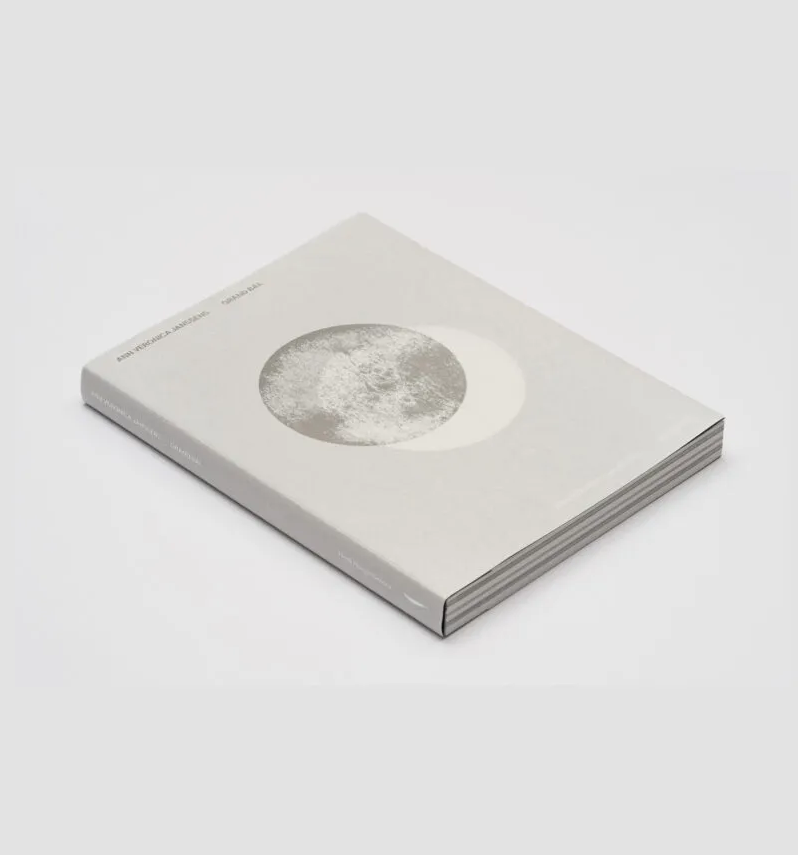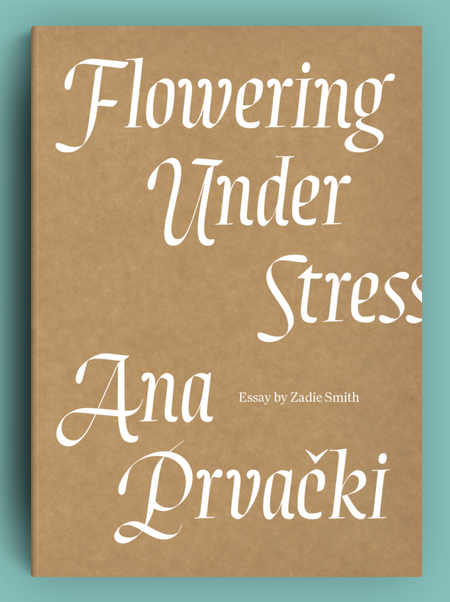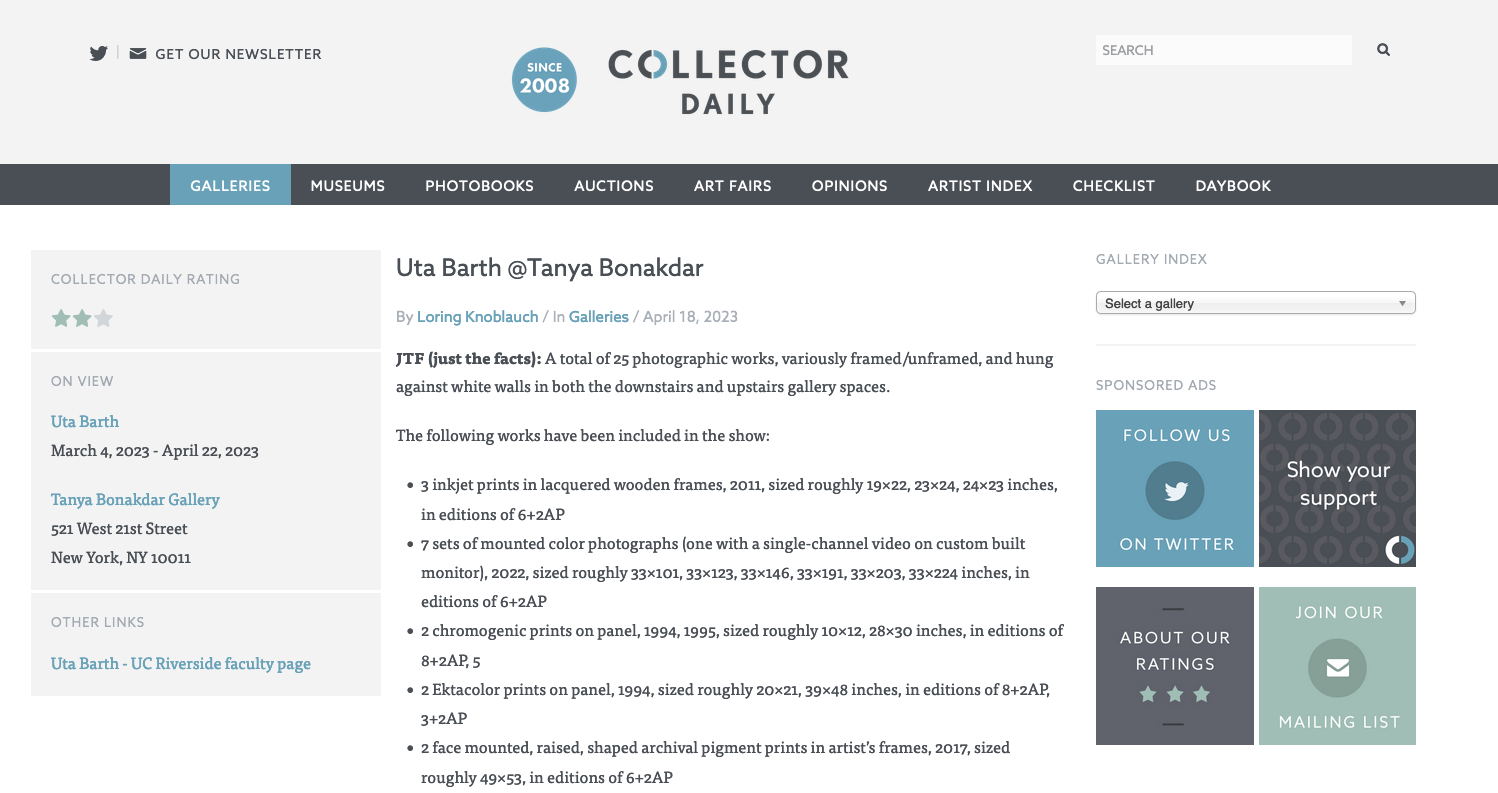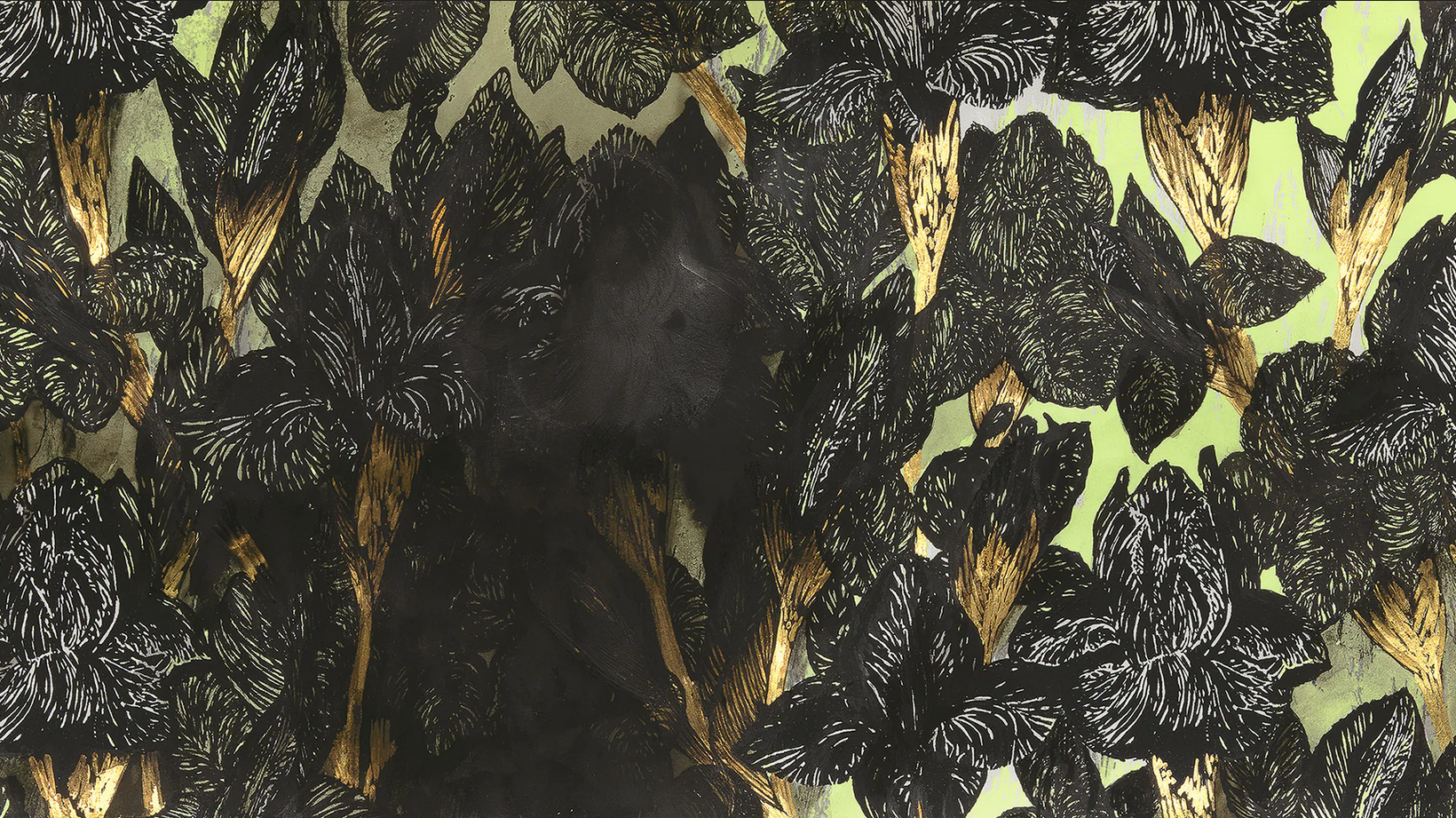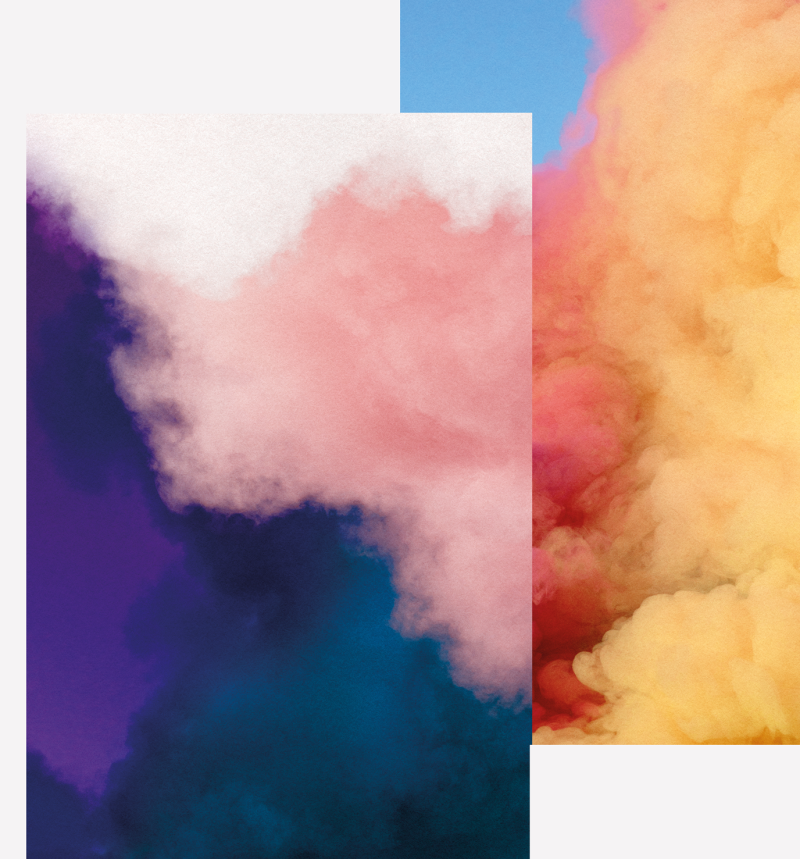Against the backdrop of the climate crisis, in the urgency of the present, before the storm breaks again, the artists in the exhibition invent unusual ecosystems that contain new seasons.
Whereas ancestral calendars were conditioned by cosmic movements, our frantic race for progress and abundance has irrevocably transformed our environment. Its disruption forces us to adapt in turn. Formerly the granary of Paris, the Bourse de Commerce building has been both a witness to and an agent in the global acceleration of predatory trade since 1889, resulting from colonisation and the intensive exploitation of the planet’s resources. The building embodies this new, desynchronised cycle of time. In the iron, glass, stone, and concrete architecture of the Bourse de Commerce, which could be that of a greenhouse, a series of fleeting and contradictory temporalities appear, including the landscape imagined by Danh Vo for the Rotunda.
In the other spaces, a display from the Pinault Collection supports this birth of a new cycle of seasons in the making, of mutating ecosystems, of micro-territories in gestation, bathed in a light approaching a mutating climatic dusk. Hicham Berrada’s Présage, which immerses the visitor in a landscape in the throes of transformation, makes us aware of the beauty of a world without us. Diana Thater’s Chernobyl takes us into an irradiated landscape, an apocalyptic theatre, while Pierre Huyghe’s film follows the movements of a monkey wearing a human mask, abandoned in the outskirts of Fukushima. Robert Gober’s Waterfall depicts a trompe l’oeil nature from which we are irretrievably separated, while Pierre Huyghe’s Untilled (a play on the words “untitled” and “uncultivated”) recreates the world as experienced by non-humans, from dogs to insects, in a compost committed to new possibilities for fertilising the world.
Exhibition runs from 8 February to 11 September 2023.
Read More Here



